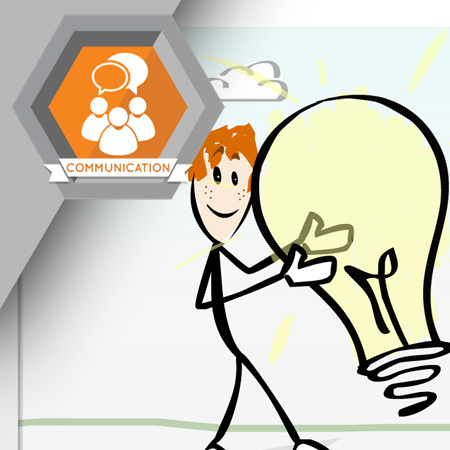
Effective communication takes work. In this course, you will discover the different forms of communication as well as common barriers to effective communication. You will also learn about the communication process and responsibilities of both the sender and receiver. Finally, you will find out about the importance of feedback and different forms of noise.
Learning Objectives
- Define communication
- List the three forms of communication
- Identify barriers to communication
- Describe the communication model
- Understand the responsibilities of the sender and receiver
- Understand the importance of feedback
- Identify forms of noise
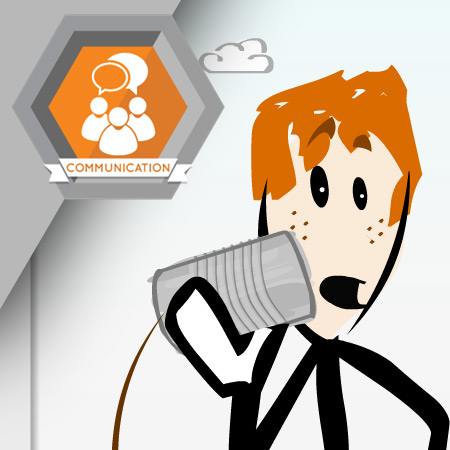
Effective communication is a must at work and at home. In this course, you will discover what effective communication is and why it is important. You will also find out how to choose the correct medium for your message based on the medium’s strengths and weaknesses. Finally, you will learn the process for constructing effective verbal and written messages.
Learning Objectives
- Define effective communication
- Understand the consequences of miscommunication
- Match the choice of medium to your message’s content
- List the strengths and weaknesses of verbal communication
- Identify when to use verbal communication as the medium for your message
- List the strengths and weaknesses of written communication
- Identify when to use written communication as the medium for your message
-
Describe the process for constructing clear verbal and written messages
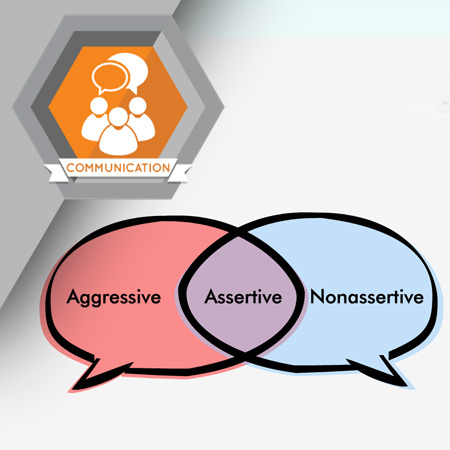
Verbal communication is the most popular form of communication. In this course, you will discover the different approaches to communication and how to communicate effectively face to face, over the phone, and in a videoconference. You will also learn how to leave a clear and concise voicemail.
Learning Objectives
- Identify the different approaches to communication
- Describe how to communicate effectively face to face
- Understand how paralanguage affects verbal messages
- List ways to engage your listeners
- Describe how to communicate effectively during a phone conversation
- Understand how to leave a clear and effective voicemail
-
Describe how to communicate effectively during a conference call
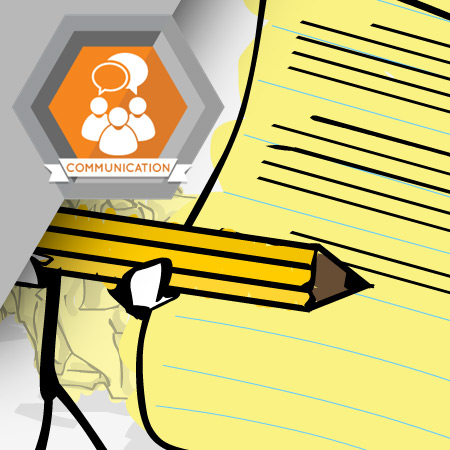
Sometimes writing communicates your message more clearly than the spoken word. In this course, you will learn guidelines that help you create an effective written message.
Learning Objectives
- Understand how to construct a clear written message
- List guidelines for making your message easy to follow
- Describe the guidelines you need to consider when choosing your words
- Identify common grammar mistakes
- List common spelling errors
- Understand the need for editing
- List additional guidelines for writing business letters and memos
- Understand when to use email
- Understand email etiquette
- List guidelines for writing an email
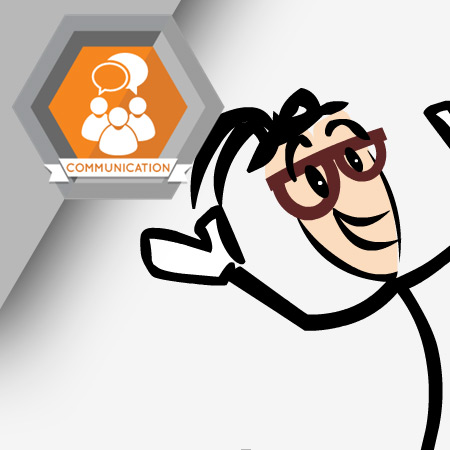
You do not always need spoken or written words to communicate. Nonverbal communication sends a message without words. Often unintentional, nonverbal communication can reveal how a person really feels. It is important that nonverbal communication is in sync with the words being said.
Learning Objectives
- Describe how a person communicates without words
- Understand how body language sends a message
- Interpret different types of body language
- Describe how spatial distance impacts communication
- List ways to convey openness and acceptance
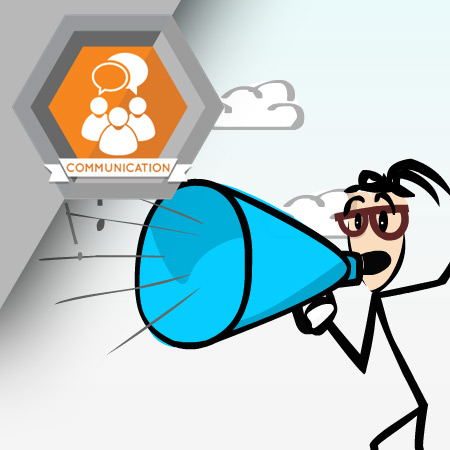
Listening is an important skill to master for personal and professional success. When you overcome listening barriers and practice good listening skills, you are more likely to understand the message the way a speaker intends.
Learning Objectives
- Understand the importance of listening
- List the steps in the listening process
- Identify and overcome barriers to listening
- Describe common types of listening
- Describe how to be a good listener
- Describe how to paraphrase and mirror a message
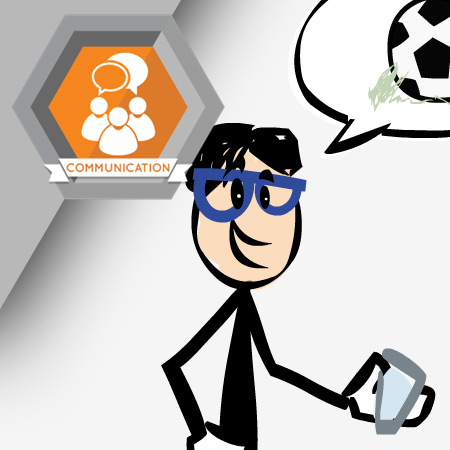
Learning Objectives
- Understand how to communicate across cultures
- Understand how to communicate across generations
- Describe how to establish rapport
- List ways to communicate effectively in a group
- Describe how to address mistakes and difficult issues
- Understand how to offer a sincere apology
-
Describe how to deal with a defensive person
